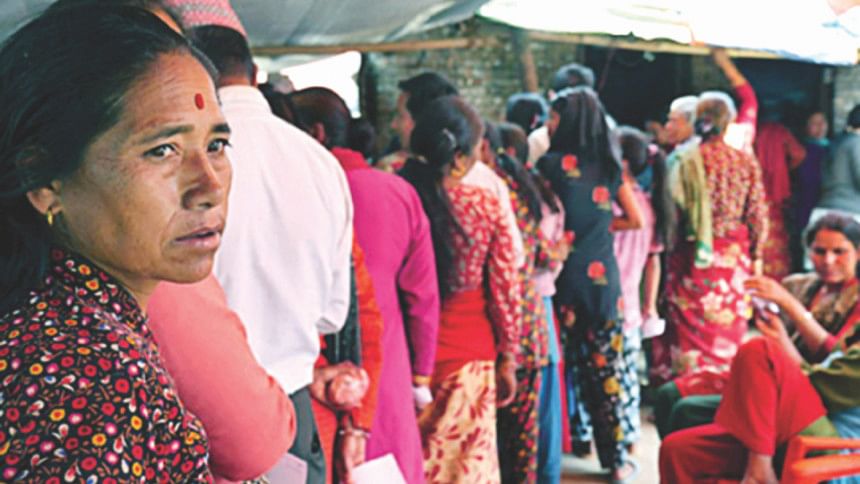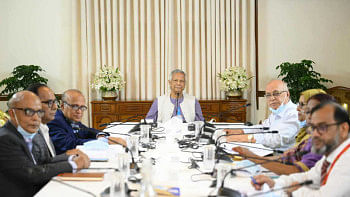Risk communication

Risk communication is an integral part of any public health emergency response. In epidemics and pandemics, in humanitarian crises and natural disasters, risk communication allows people at risk to understand and adopt protective behaviours.
It allows authorities and experts to listen to and address people's concerns and needs so the advice they provide is relevant, trusted and acceptable.
Risk communication refers to the exchange of real-time information, advice and opinions between experts and people facing threats to their health, economic or social well-being. The ultimate purpose of risk communication is to enable people at risk to take informed decisions to protect themselves and their loved ones.
Risk communication uses many communications techniques ranging from media and social media communications, mass communications and community engagement. It requires a sound understanding of people's perceptions, concerns and beliefs as well as their knowledge and practices. It also requires the early identification and management of rumours, misinformation and other challenges.
As health emergencies become increasingly complex, as witnessed during the recent Ebola outbreak in West Africa and in the pandemic (H1N1) 2009 influenza virus, more help is being requested from WHO and partners. We need to get prepared for this kind of emergency response.
Source: World Health Organisation

 For all latest news, follow The Daily Star's Google News channel.
For all latest news, follow The Daily Star's Google News channel. 



Comments